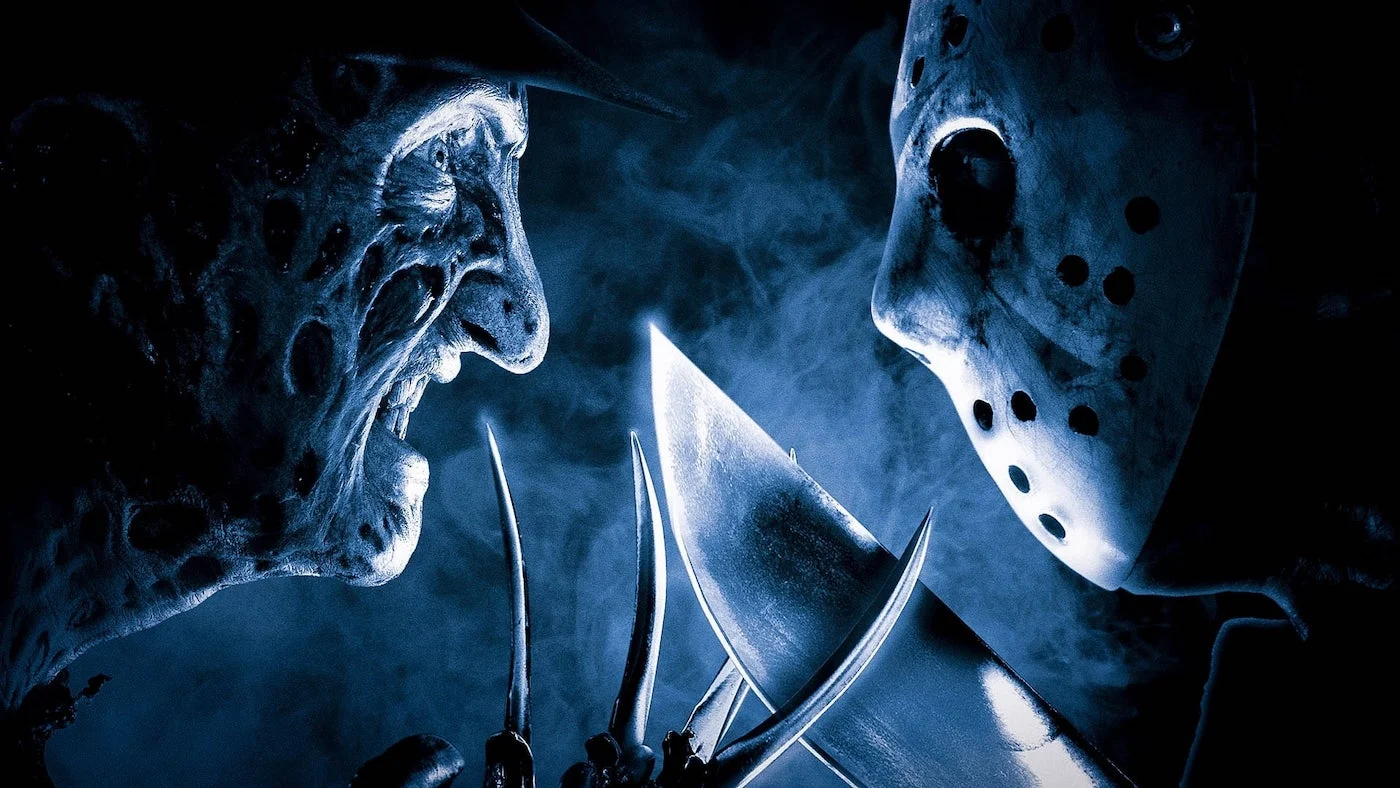
Movie crossovers are exciting because they combine characters and settings people already love. Film studios use these combinations to grow existing franchises, answer fan questions about hypothetical scenarios, and develop fresh stories that appeal to multiple groups of fans. The outcomes are diverse, including epic battles between monsters, collaborations of superheroes, and creative mixes of different film styles-like animation, live action, and more.
These projects frequently involve complicated discussions about usage rights, thorough checks to ensure story consistency, and imaginative production to blend varying styles and aesthetics into a cohesive narrative. The selection of actors, visual effects, and promotional campaigns must consider multiple brands simultaneously, and the financial success of these films can significantly impact a studio’s future plans. Here are some notable examples demonstrating the broad potential of crossover concepts.
‘Who Framed Roger Rabbit’ (1988)
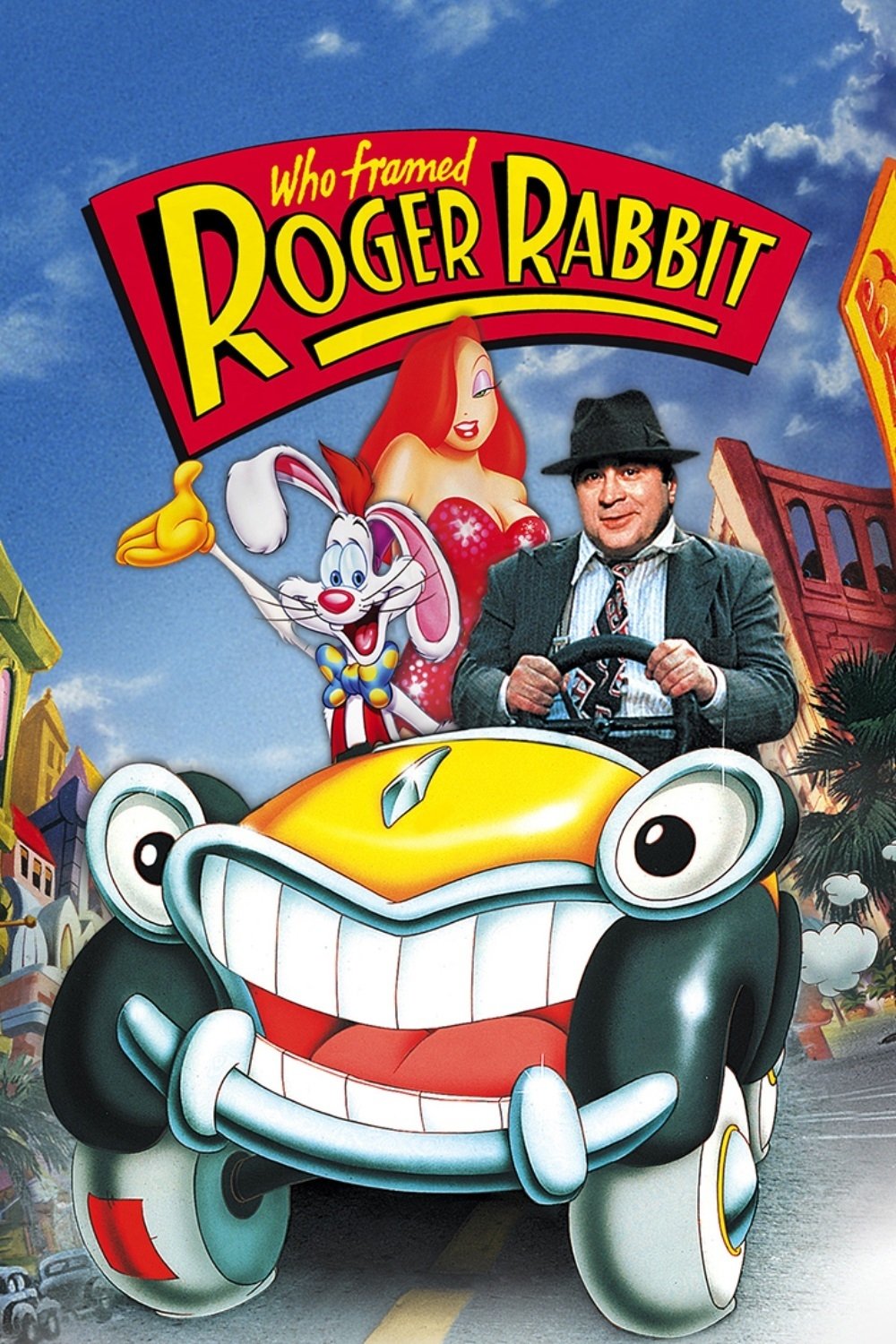
This movie brought together cartoon characters from different animation studios, placing them within a classic film noir story. The filmmakers used cutting-edge visual effects – combining compositing and puppetry – to make the animated characters move seamlessly with the live-action filming, camera work, and real-world objects. Because of agreements with the companies that own the characters, there were rules about how much screen time each character got and what kinds of jokes they could be involved in, ensuring everyone shared the spotlight fairly.
The film centers around a private investigator navigating a world where cartoon characters and people live together. It first showed us Toon Town, a place they both share, and created visual guidelines for how animated characters could realistically interact with everyday objects. The movie’s popularity proved that big projects involving multiple film studios could be successfully completed. This was a major achievement and opened doors for future collaborations. Its impact on filmmaking is still felt today.
‘Frankenstein Meets the Wolf Man’ (1943)
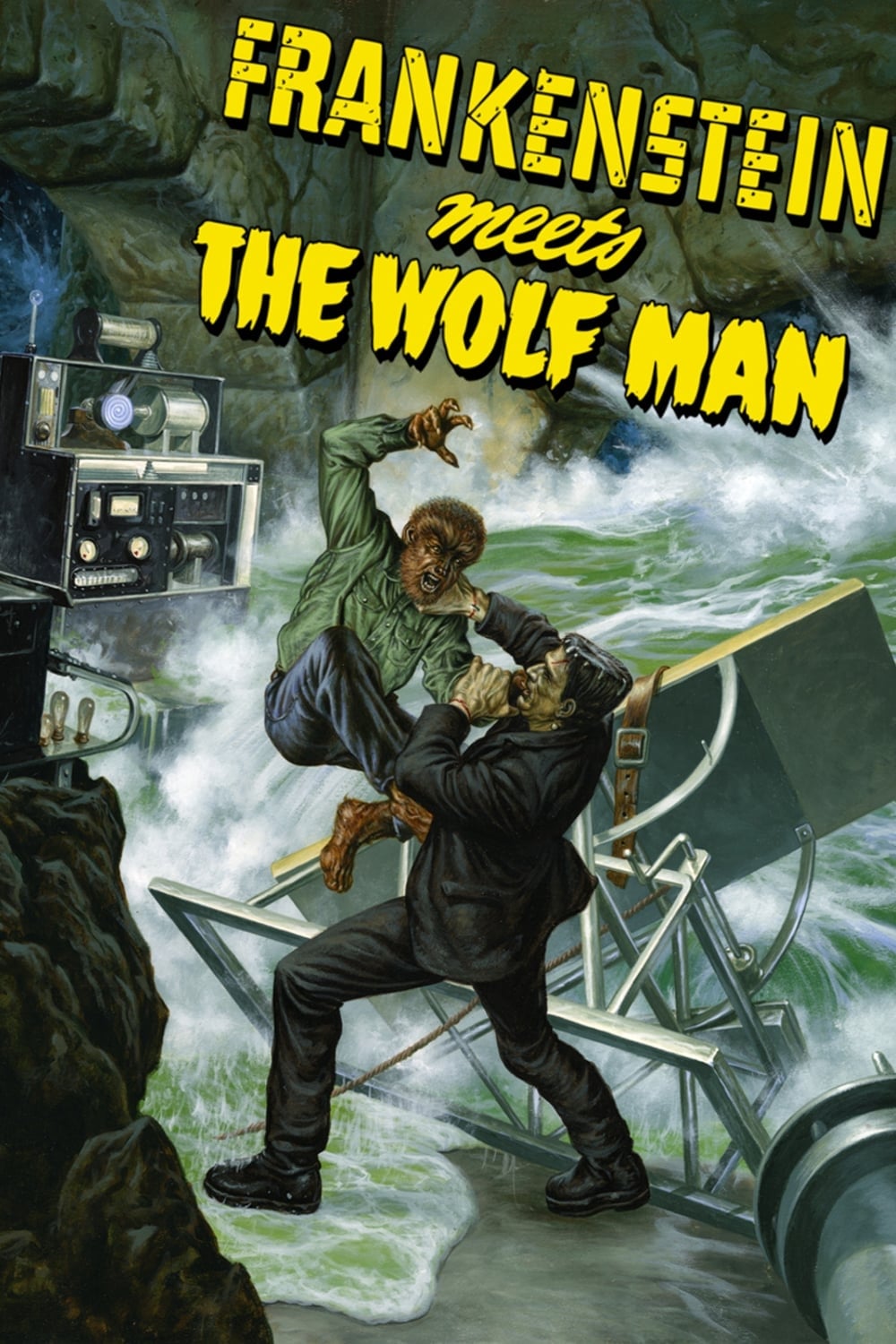
This story cleverly merged two classic Universal Monsters into a single plot, building on events from previous movies. The filmmakers brought back familiar actors and used the same sets and makeup designs to create a cohesive and consistent shared universe. The storyline linked the two monsters with a journey that relied on understanding what had happened before.
This team-up also established a blueprint for future monster collaborations within the studio. By standardizing the abilities and vulnerabilities of each creature, it provided a structure that later installments could build upon. This ultimately broadened the monsterverse and inspired more stories featuring groups of monsters. It was a successful formula that allowed for continued expansion of the franchise.
‘Bud Abbott and Lou Costello Meet Frankenstein’ (1948)

This comedy introduced the well-known pair to the world of Universal Monsters, fitting horror legends into a lighthearted and silly story. The special effects makeup kept the monsters looking classic and intimidating, while the humor came from how the main characters reacted to them. The movie brought together a lot of different characters in scenes together, and they all acted like we’d expect them to.
The film demonstrated that stories could successfully blend different genres while still respecting what came before. It brought the monster characters to a new audience with a more humorous style and suggested possibilities for future encounters with other iconic monsters. It continues to serve as a model for combining comedy with well-known horror franchises.
‘King Kong vs. Godzilla’ (1962)
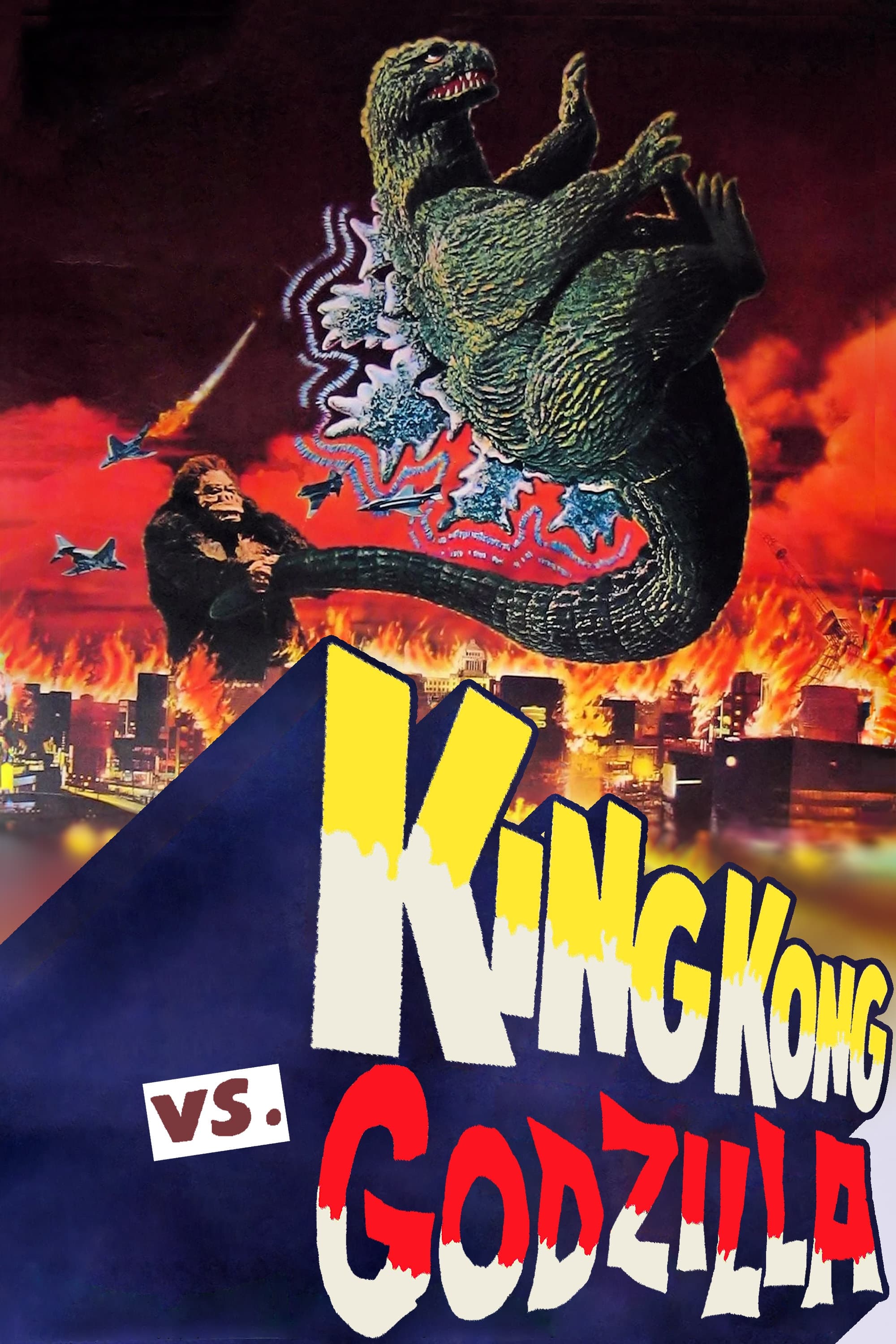
This movie brought together two well-known monsters, demanding innovative techniques to depict their size and motion. Suitmation and miniature sets were carefully combined to create epic battles that felt consistent with the established look of the series. To cater to different audiences, various versions of the film were edited with adjustments to the speed and how shots were framed.
The filmmakers made sure each monster’s powers matched how they’d been shown before, maintaining brand consistency. Marketing promoted the battle as a major event, with promotions planned in various areas. The film also paved the way for more monster matchups, all under a unified licensing agreement. This allowed for potential future collaborations and expanded the universe of these giant creatures.
‘Zatoichi Meets Yojimbo’ (1970)

This samurai team-up brought together two famous characters from different stories. The filmmakers carefully blended their fighting techniques and personal journeys to ensure both characters had equal importance. The fight scenes highlighted the differences between Zatoichi’s close-range sword skills and Yojimbo’s clever, deceptive movements.
The film broadened both storylines by creating a direct clash of their guiding principles. It gave fans who wondered about these characters’ interactions the answers they wanted, all while staying true to what made those characters special. This encounter also paved the way for future team-ups across different franchises in action movies set in the past.
‘Freddy vs. Jason’ (2003)

This horror event combined two frightening villains who each had their own unique way of inspiring fear and existing in the physical world. The story created a way for both of them to exist in the same setting, mixing surreal, dreamlike elements with realistic violence. The set and costume design drew on iconic places associated with each character to emphasize who they are.
The way actors were chosen and fight scenes were choreographed emphasized grand scale and dynamic movement to make each villain stand out. The film featured weapons and finishing moves that fans would instantly recognize, alongside brand new battles made possible by this unique crossover. As a result, the movie sparked renewed interest in both series, leading to new releases and content.
‘AVP: Alien vs. Predator’ (2004)
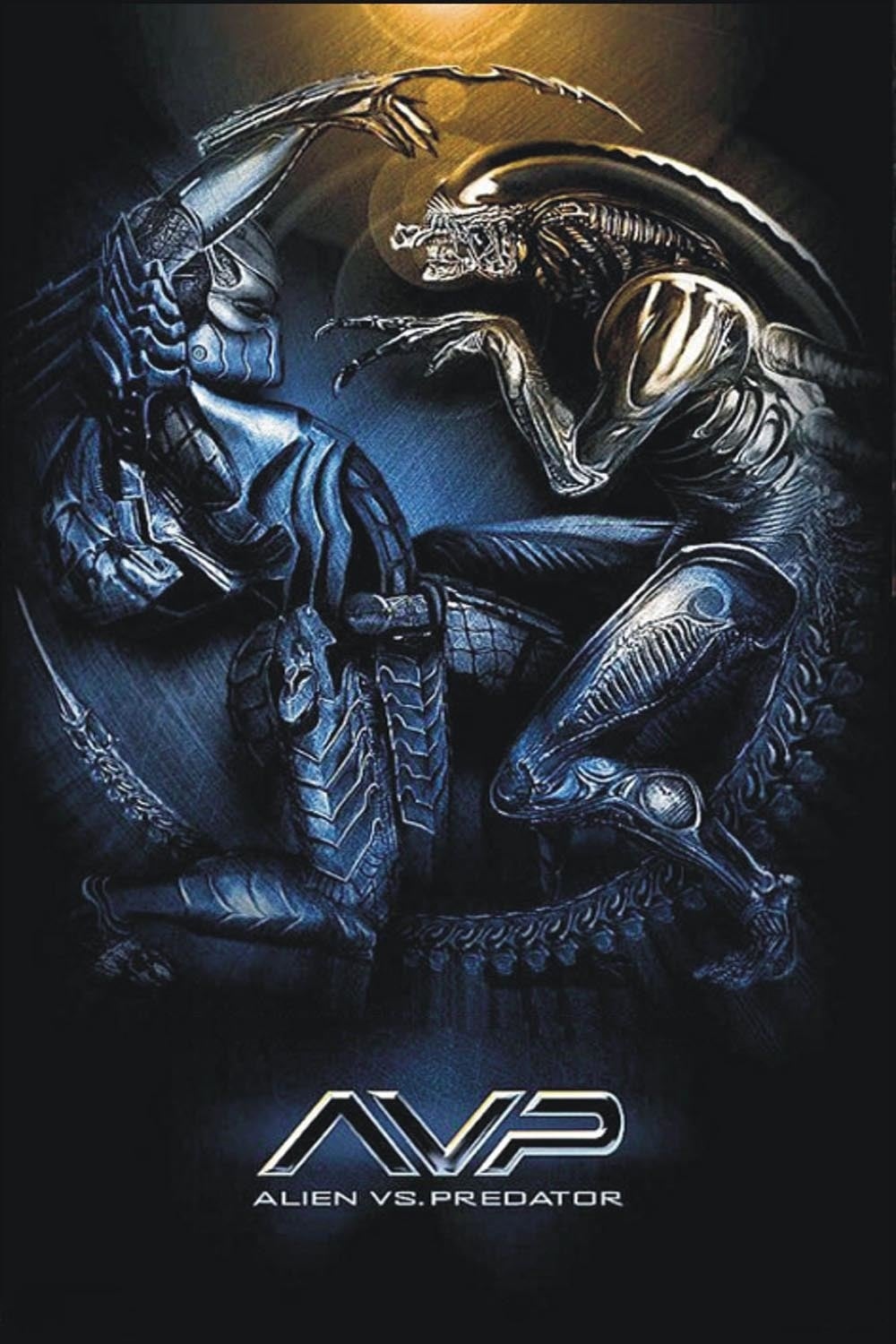
This story linked two science fiction worlds by featuring a chase within a secret temple. The visual effects for the creatures used both physical costumes and computer-generated imagery to create intense, up-close fights. The backstory revealed how the two species were connected through ancient traditions and a social structure that drove their conflict.
The story used clues like objects, language, and riddles about the surroundings to create a treasure hunt feel, allowing for several interactions. The film featured fresh visual ideas, but maintained recognizable character designs and behaviors. Furthermore, it hinted at potential sequels that could take place in new settings and show events from different people’s viewpoints.
‘The Avengers’ (2012)
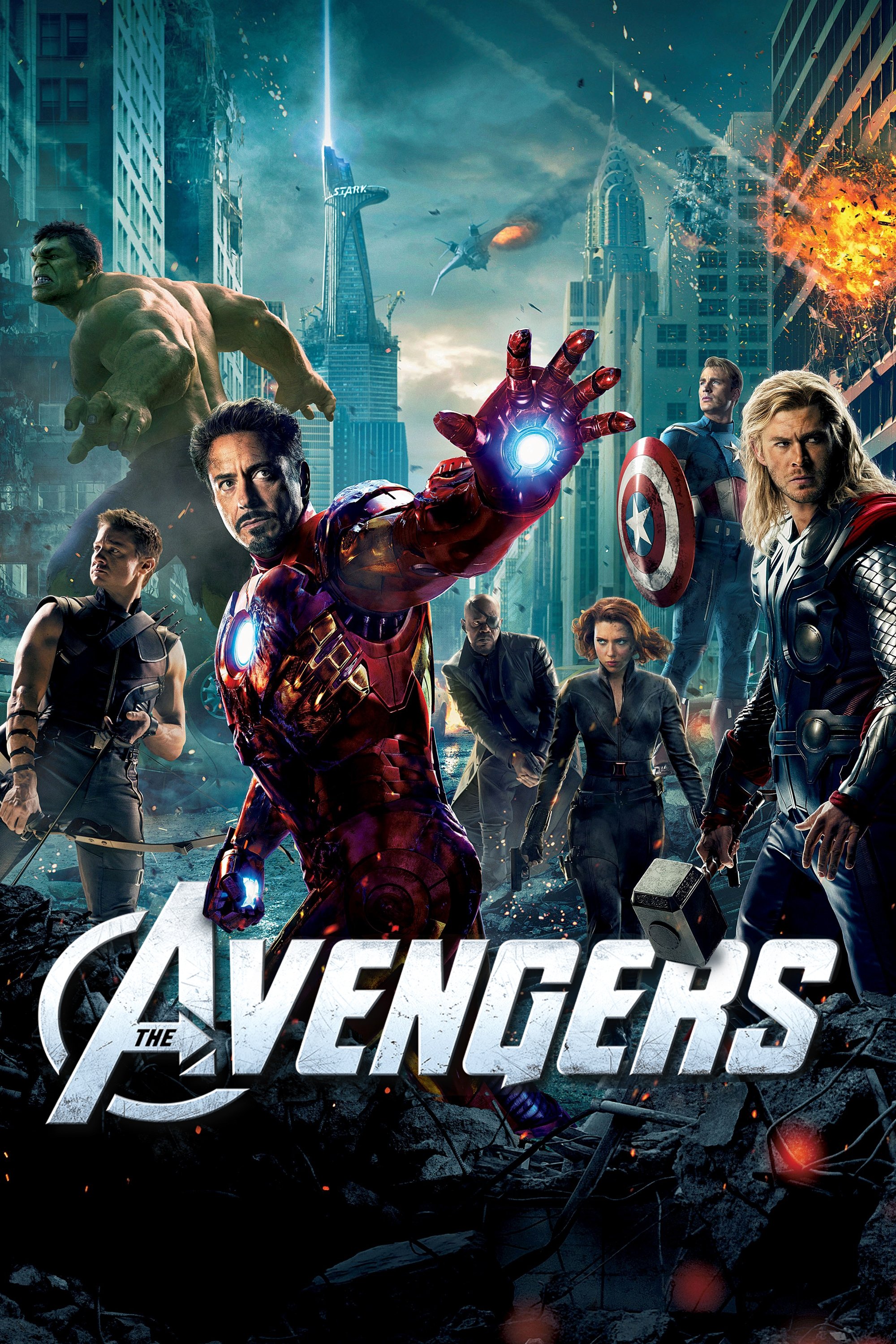
This collaboration brought together heroes previously featured in individual movies for one unified mission. The filmmakers carefully coordinated costumes, powers, and fight sequences to ensure the characters could appear together on screen without causing confusion. They also standardized the visual effects process across all scenes to maintain consistent lighting and scale.
The story cleverly connected to previous post-credit scenes and established items, creating a common danger. How the heroes worked together set the stage for both teamwork and conflict in future installments, all within the same universe. The film proved that releasing stories in a connected, ongoing series, leading to larger team-ups, is a successful approach.
‘The Lego Movie’ (2014)
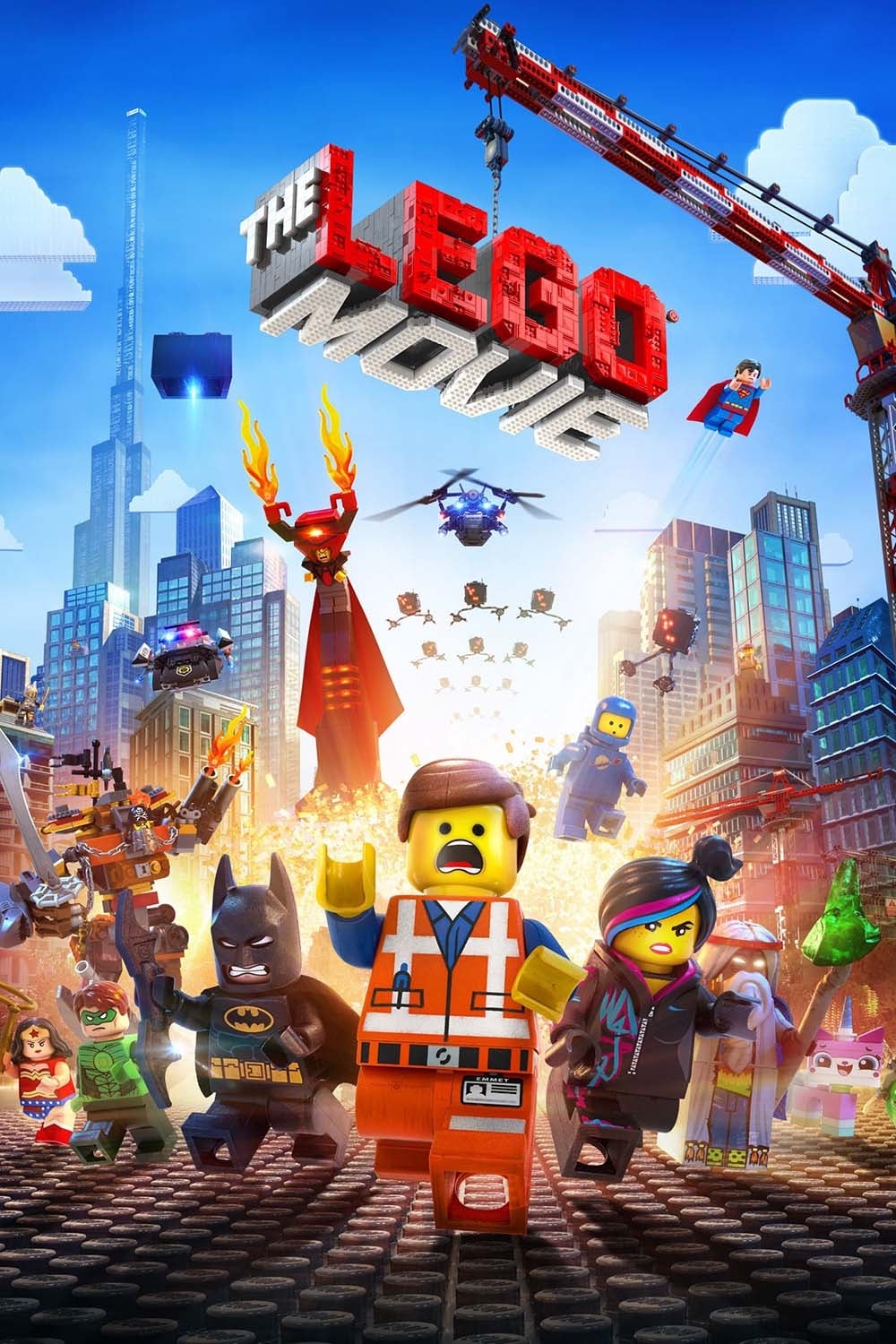
This lively crossover film combined characters from various popular franchises using the idea of building blocks. It blended stop motion animation – giving it a unique look – with digital animation to realistically recreate the feel of plastic and how building bricks connect. Brand partners had final say on how characters acted, leading to fun scenes that stayed true to each brand’s rules. The result was a playful and respectful collaboration. It’s a creative way to bring different worlds together.
The story unfolded across distinct worlds, which naturally explained brief appearances and more substantial roles for various characters. This method enabled unexpected pairings while still maintaining a consistent framework for the action sequences. Ultimately, it showed how a shared system of play could provide a flexible setting for numerous different stories and characters to coexist.
‘Sadako vs. Kayako’ (2016)
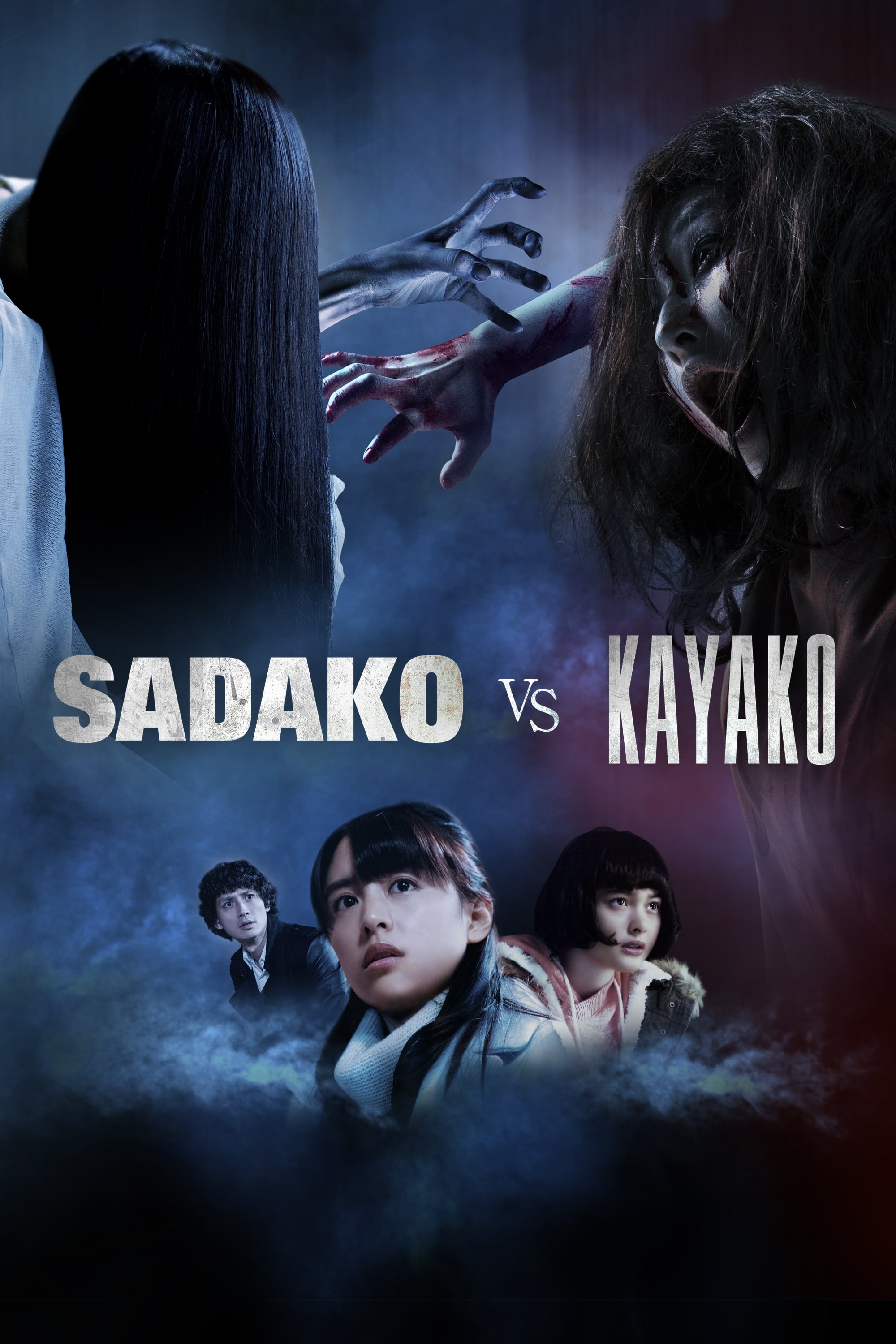
This scary crossover connected the curses from two different series by using common urban legends. The story established how the supernatural beings could affect the same people, creating consistent rules for both cursed video tapes and haunted houses. The sound design and camera work stayed true to each franchise’s unique way of creating fear. It was a clever way to blend the two worlds.
The show’s schedule and storylines were carefully planned so characters faced dangers without disrupting the flow of the narrative. It presented fresh possibilities and results that emerged specifically from the convergence of these two worlds. The release delighted fans of both series, finally delivering a crossover that had been speculated about for years.
‘Batman v Superman: Dawn of Justice’ (2016)
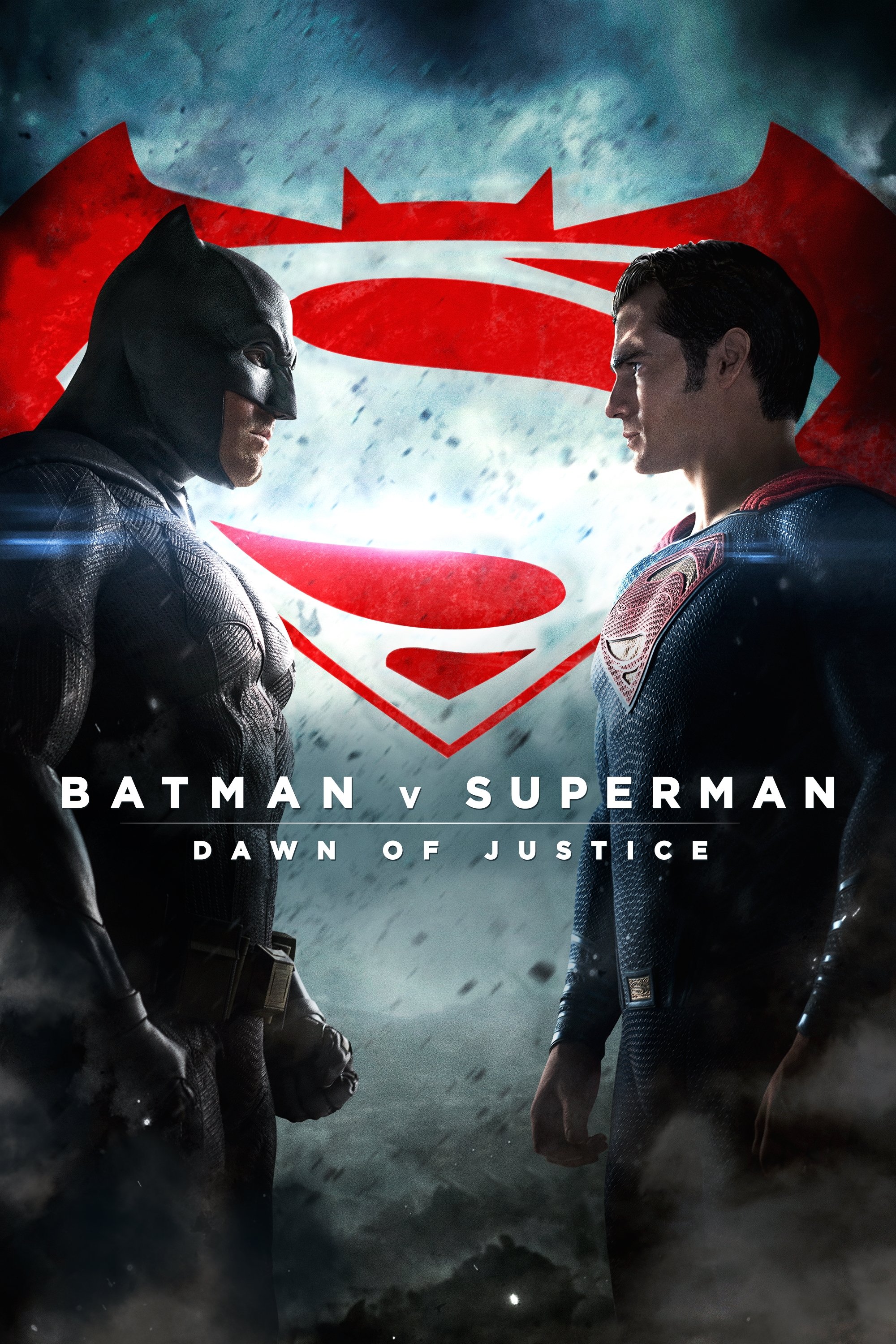
This superhero battle brought together well-known characters and also featured new heroes who would show up in future installments. The filmmakers skillfully combined diverse city settings, combat techniques, and viewpoints into a single story. The visual effects enhanced the massive fight scenes while still making sure viewers could easily follow what was happening.
Early clues, documents, and quick scenes hinted at how the team would come together later on. The movie explored how the public reacted to events involving people with superpowers, and how laws tried to control them – these things influenced what the characters did. Ultimately, it opened the door for bigger partnerships and storylines within the same universe.
‘Ready Player One’ (2018)
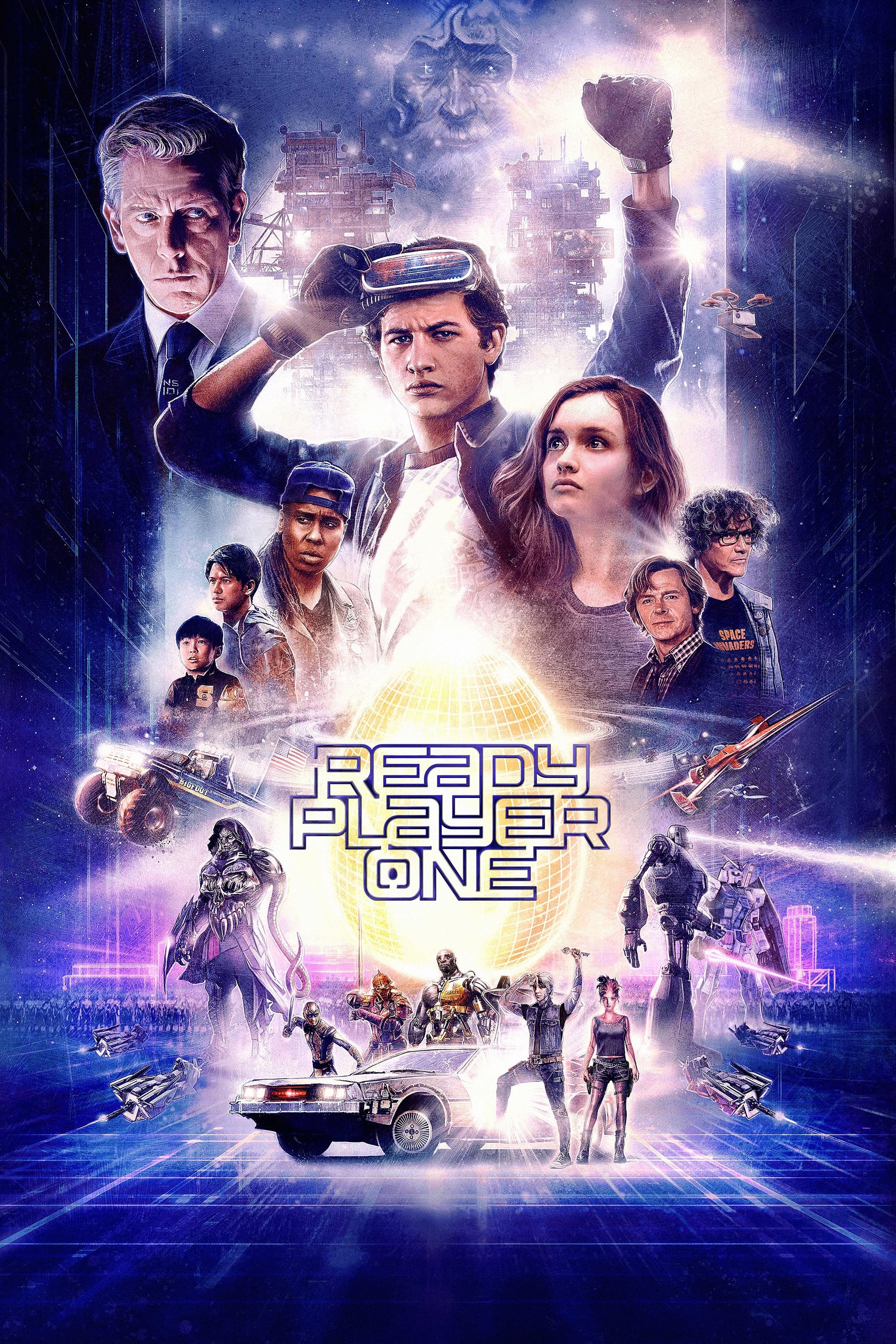
This project built a digital world where characters from different franchises could interact without legal issues and appear convincingly together. The creators successfully included many licensed characters in brief appearances, but kept the central storyline centered around solving puzzles and finding keys. The production cleverly switched between motion capture and footage of real-world locations to highlight the differences between the rules of the digital world and the consequences in the physical world.
This framework allowed vehicles, weapons, and characters from various sources to participate in shared races and battles. Specific permissions and lists of available assets controlled which icons were displayed and how noticeable they were. Ultimately, it served as a demonstration of interactions between different properties, all within a unified storyline for gamers.
‘Spider-Man: No Way Home’ (2021)
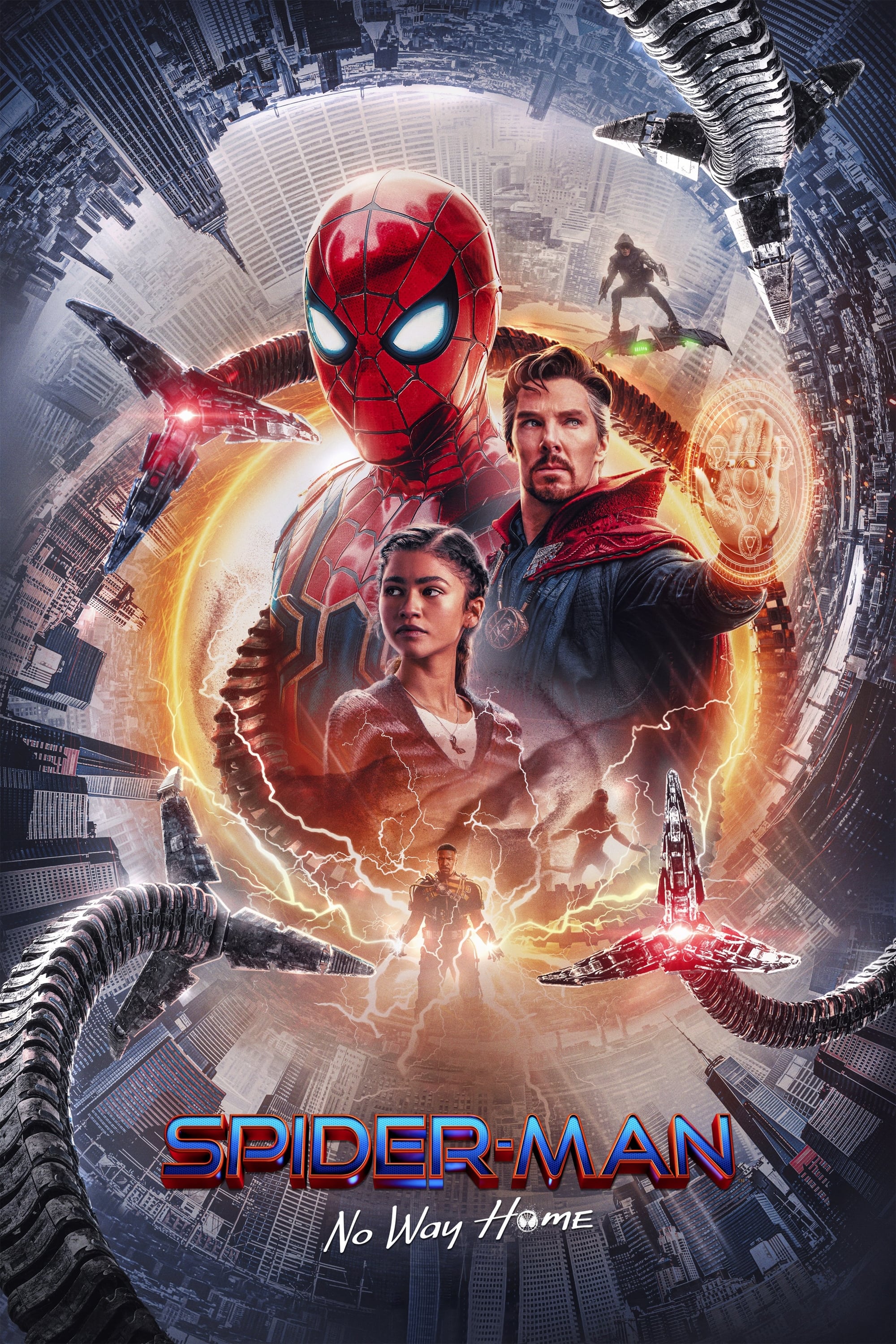
This story brought together different versions of the same hero from alternate universes, utilizing the concept of a multiverse. It featured both villains and allies who originated from various points in the character’s history and were created by different teams. The visual effects were carefully crafted to ensure the characters’ costumes and powers looked consistent, allowing them to convincingly share action sequences. This helped blend the different versions seamlessly.
The movie cleverly referenced previous events and brought unresolved storylines to a satisfying conclusion. Coordinating the availability of several main actors was a challenge, but the film managed this by structuring the plot around a series of missions, ensuring everyone had a fair amount of screen time. Additionally, it established clear guidelines for traveling between different realities, which proved useful in subsequent films.
‘Godzilla vs. Kong’ (2021)
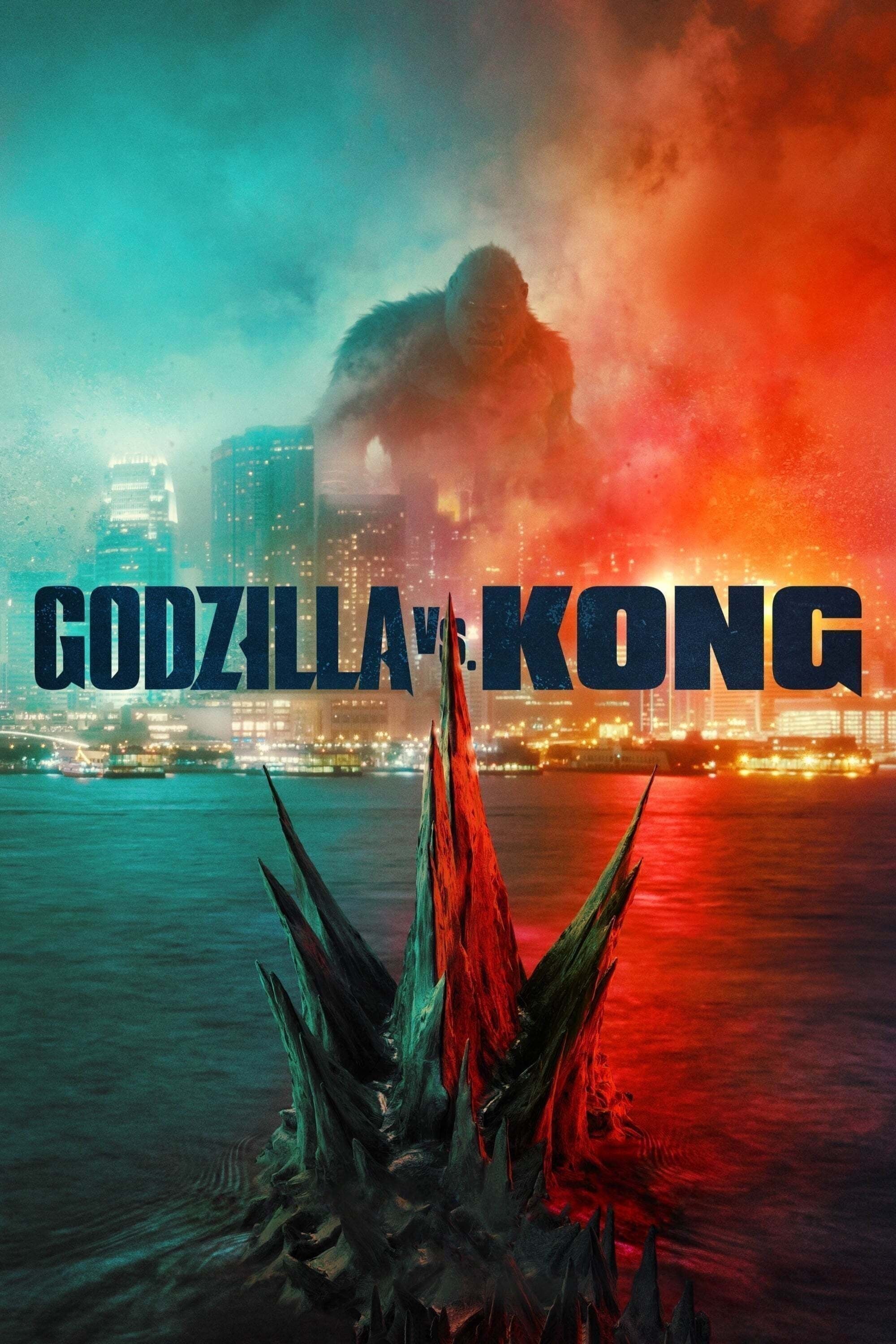
This chapter brought together two powerful characters who had each been featured in their own movies within the same world. The visual effects teams used advanced techniques – including realistic fur, skin textures, and detailed destruction of the surroundings – to create long, action-packed battles during the day. The sound design cleverly combined the characters’ roars with familiar musical themes to emphasize the changing tides of the fight.
The story used scenes of discovery to introduce new places and inventions that changed the course of the conflict. People served as intermediaries between competing research teams, each focused on a different creature. The launch was supported by a well-planned marketing campaign that included toys, streaming releases, and movie showings, allowing it to reach a large audience.
‘Space Jam’ (1996)
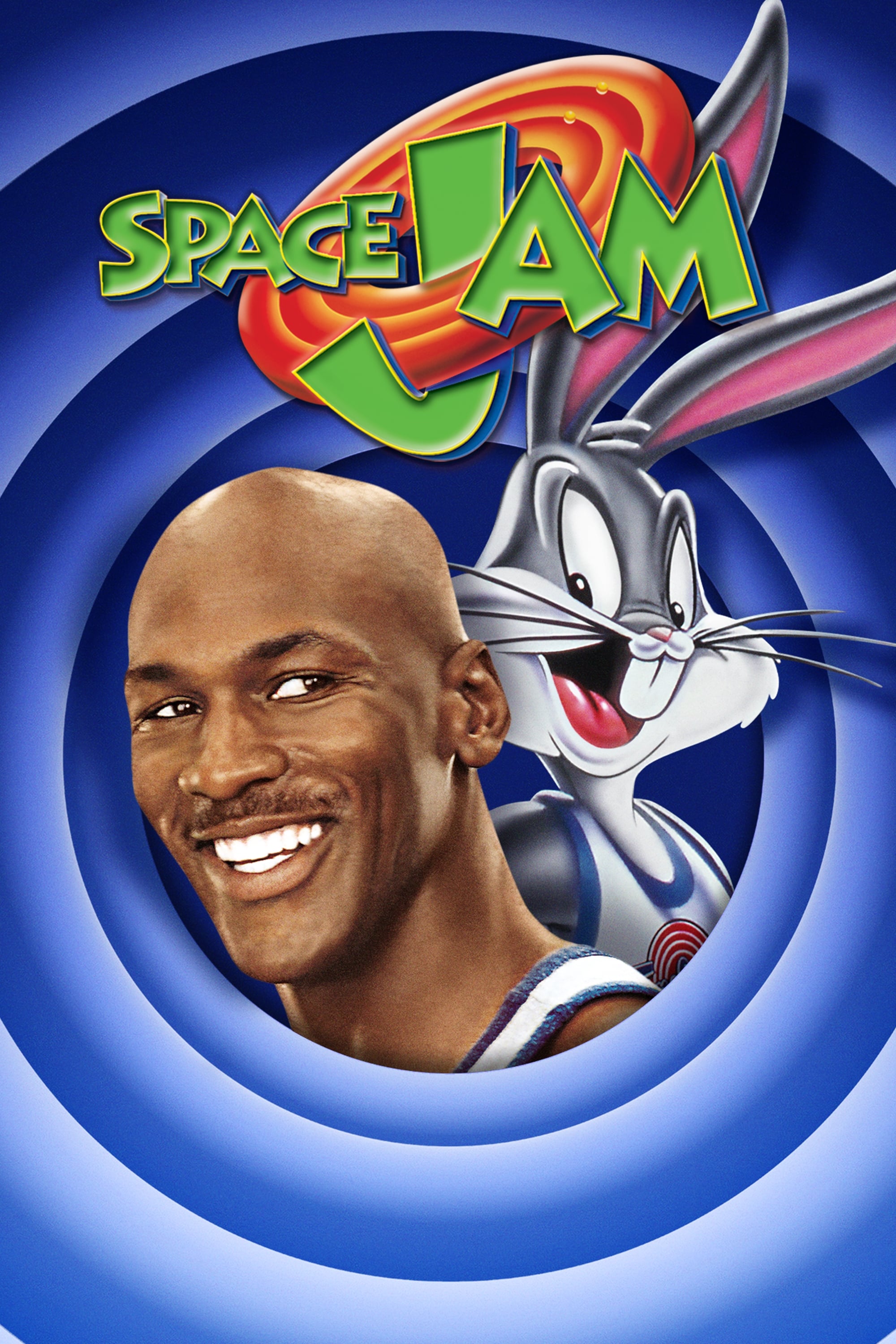
This unique blend combined professional basketball with animated characters, all within a funny sports story. Filming with real players involved green screen technology and tracking their movements so they could believably play alongside the toons. The animation team carefully matched the lighting and even the reflections on the court to seamlessly combine the live action and animated elements. It was a truly innovative approach!
Appearances by athletes and commentators helped create a feeling of a united sports community. The film’s music, products, and advertising linked it to actual sports seasons and the world of sneakers. The project demonstrated how building a project around a single athlete’s brand could lead to a large, collaborative effort with traditional animation.
Let us know your most loved movie crossovers in the comments below, and tell us what team-up you’d like to see happen next.
Read More
- Silver Rate Forecast
- Gold Rate Forecast
- Красный Октябрь акции прогноз. Цена KROT
- Nvidia vs AMD: The AI Dividend Duel of 2026
- Dogecoin’s Big Yawn: Musk’s X Money Launch Leaves Market Unimpressed 🐕💸
- Bitcoin’s Ballet: Will the Bull Pirouette or Stumble? 💃🐂
- Navitas: A Director’s Exit and the Market’s Musing
- LINK’s Tumble: A Tale of Woe, Wraiths, and Wrapped Assets 🌉💸
- Can the Stock Market Defy Logic and Achieve a Third Consecutive 20% Gain?
- Solana Spot Trading Unleashed: dYdX’s Wild Ride in the US!
2025-10-02 06:47